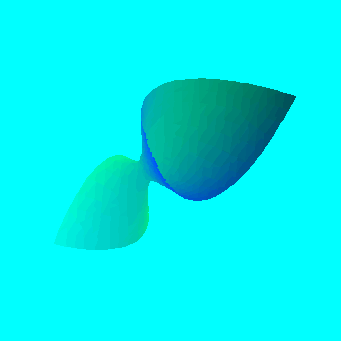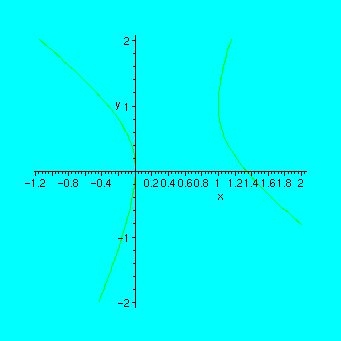
Mathematics with Maple
S.Duzhin
Solutions to problems of Lesson 9.
> with(plots):
Exercise 1.
Determine the type of the curves below by drawing its picture with implicitplot
A. Hyperbola:
> implicitplot(3*x^2-4*x+2*x*y-y^2 = 0,x=-2..2,y=-2..2);

B. Two parallel lines:
> implicitplot(x^2+x+4*x*y+2*y+4*y^2,x=-2..2,y=-2..2);
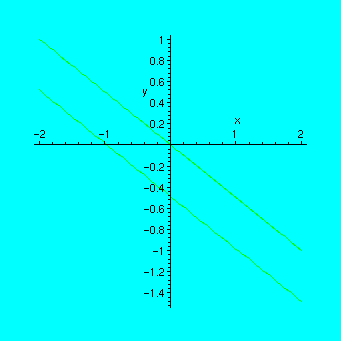
C. Empty set:
> implicitplot(2*x^2-2*x*y+5*y^2+2*x+1-4*y = 0,x=-4..4,y=-4..4);
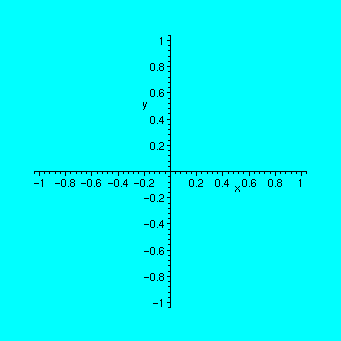
D. Parabola:
> implicitplot(x^2+2*x*y+y^2+1-2*y = 0,x=-4..4,y=-4..4);
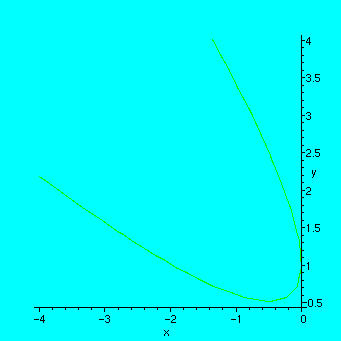
Exercise 2.
A. Following the example above, make up the command to watch the evolution of the curve 2*x^2+2*x*y+2*x+y^2+2*y+1 = a, when "a" changes from -2 to 2.
> P:=seq(implicitplot(2*x^2+2*x*y+2*x+y^2+2*y+1 = a,x=-4..2,y=-4..2),a=0..4):
> display([P],insequence=true);
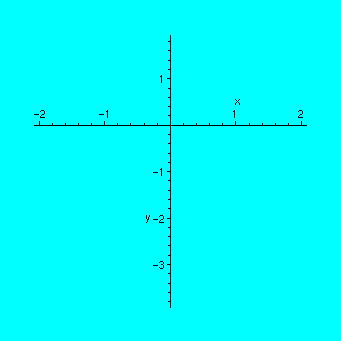
B. Find an equation of second order with parameter "a" which gives an ellipse when a>0, a parabola when a=0 and a hyperbola when a<0.
One of the possible families, which also contains a pair of intersecting lines:
> P:=seq(implicitplot(x^2+a*y^2+2*y = 1,x=-4..2,y=-4..2),a=-2..2):
> display([P],insequence=true);
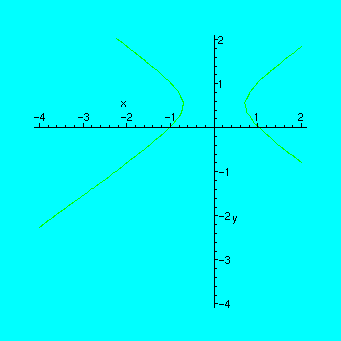
Exercise 3.
Using Maple, determine the type of each of the following surfaces:
a. Ellipsoid:
> implicitplot3d(7*x^2+6*y^2+5*z^2-4*x*y-4*y*z-6*x-24*y+18*z+30=0,x=0..2,y=1..3,z=-2..0);
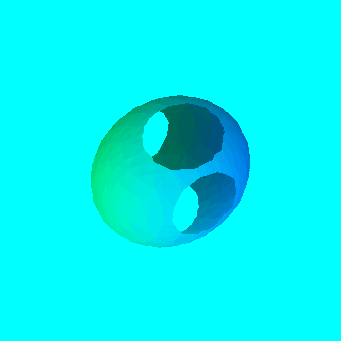
b. Hyperboloid of two sheets:
> implicitplot3d(2*x^2+2*y^2-5*z^2+2*x*y-2*x-4*y-4*z+2=0,x=-5..5,y=-5..7,z=-4..3);
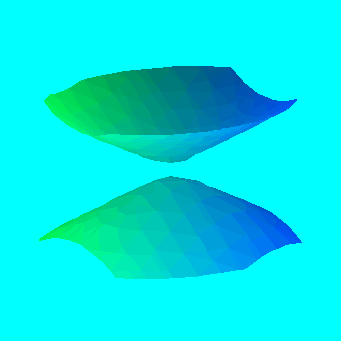
c. Hyperboloid of one sheet:
> implicitplot3d(x^2+5*y^2+z^2+2*x*y+2*y*z+6*z*x-2*x+6*y+2*z=0,x=-5..2,y=-5..3,z=-3..5,grid=[16,16,16]);
